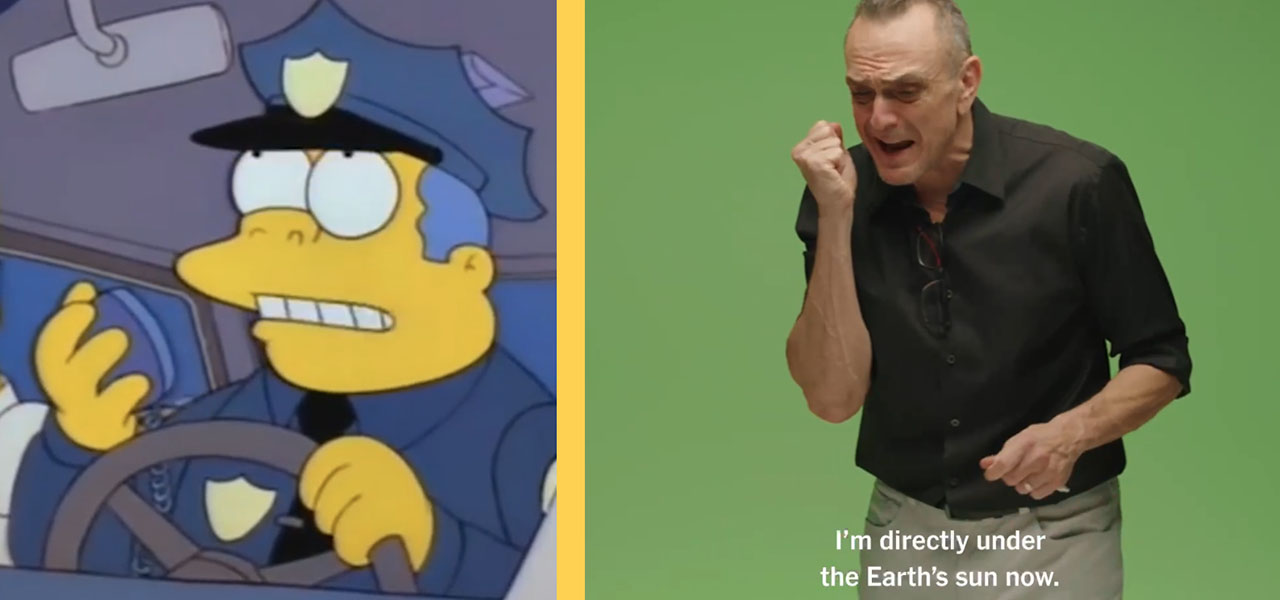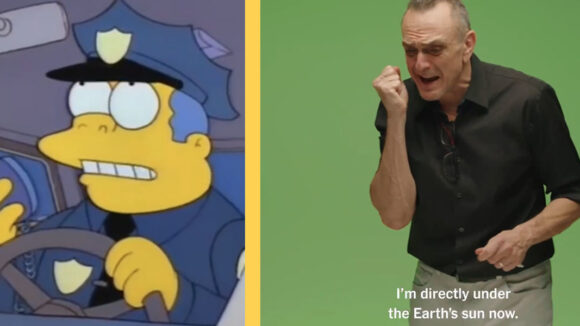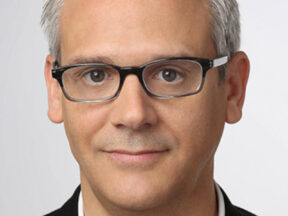

‘Simpsons’ Voice Actor Hank Azaria Explains Why He Can’t Be Easily Replaced By AI
Actor Hank Azaria has stepped up onto The New York Time’s op-ed soapbox, sharing the stage with nine of his vocal characterizations from his 36 years of voice work for The Simpsons, in an entertaining interactive essay that makes an argument for why his voice acting gigs can’t easily be replaced by artificial intelligence.
With the help of Moe’s Tavern proprietor Moe Szyslak, Chief Wiggum, The Comic Book Guy, Cletus the Slack-Jawed Yokel, Sea Captain Horatio McCallister, and others, Azaria makes an impassioned plea for public understanding of his craft. “It’s not just a voice, it’s a full performance,” he asserts in the piece. Voice performances are far more than acting “from the neck up.” And he ponders the ethics of digital voice replication.
The article, which can be viewed here, features Azaria performing in a half-dozen video clips interspersed with his written discourse. The veteran performer recalls his first audition, at age 23, when his gravel-voice impersonation of Al Pacino won him his first role and, in part, spawned the voice of Moe. He also explains how his performances have contained “real tears, real emotion” and frequently involve full-body motion, physical interactions, and improvised props.
Improvisation, Azaria argues, is key to the spontaneity that, he feels, AI will be hard-pressed to reproduce without lived experience, a love of Mel Blanc, family genetics, and a grandmother. “It’s the neck-up version that I can see AI being capable of, at least right now,” Azaria states. “The body and soul part will be harder.” He adds: “Believability is earned through craftsmanship” and, he wonders, how will AI ever know what’s funny?
At the same time, Azaria recognizes that it may be only a matter of time before AI takes over his job, similarly to how new AI technologies are expected to automate many other parts of the animation production process:
The A.I. model may not know what’s funny or what timing is, but it could do a million different takes. And it could be told to do them as I would — and it might be pretty convincing.
So, if I’m being honest, I am a little worried. This is my job. This is what I love to do, and I don’t want to have to stop doing it. The conventional wisdom in Hollywood is that the technology for making faces seem fully human is five years away. I fear that the voice equivalent is also coming.

.png)


